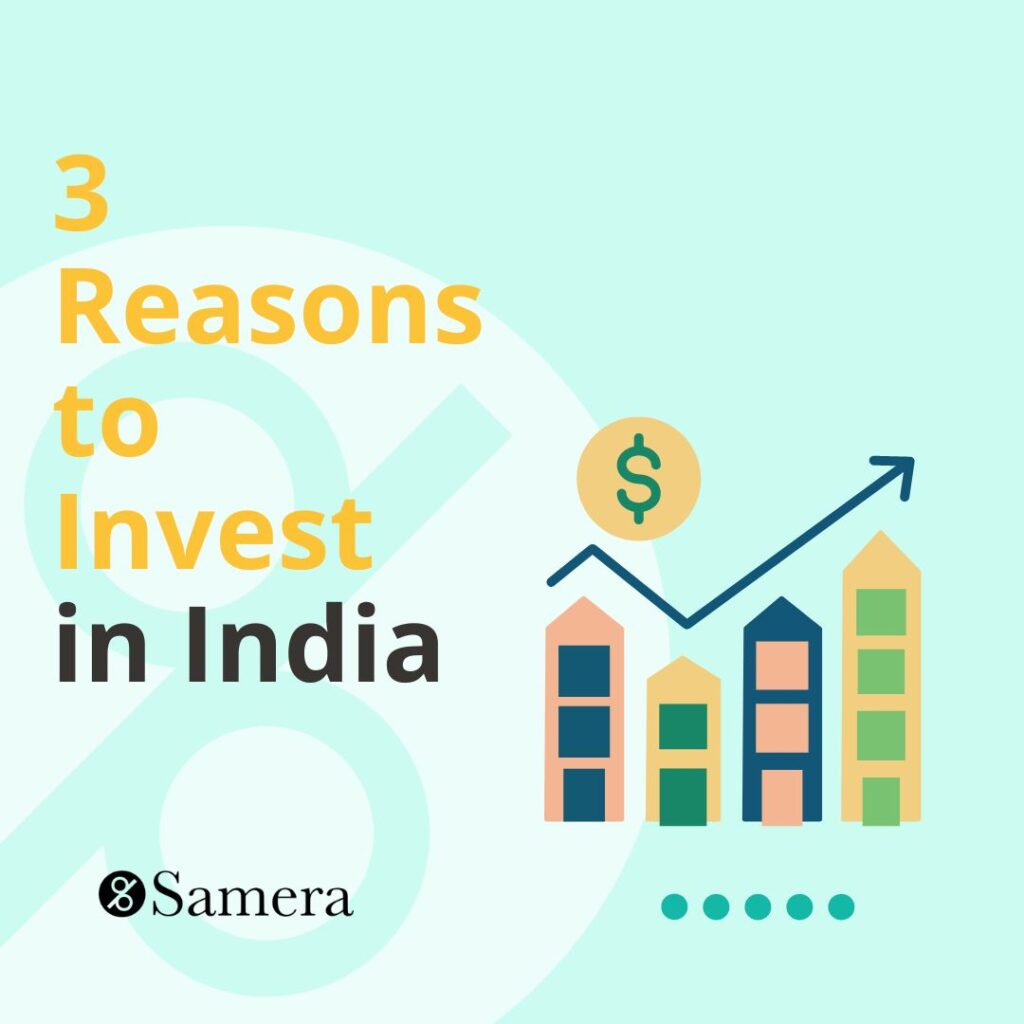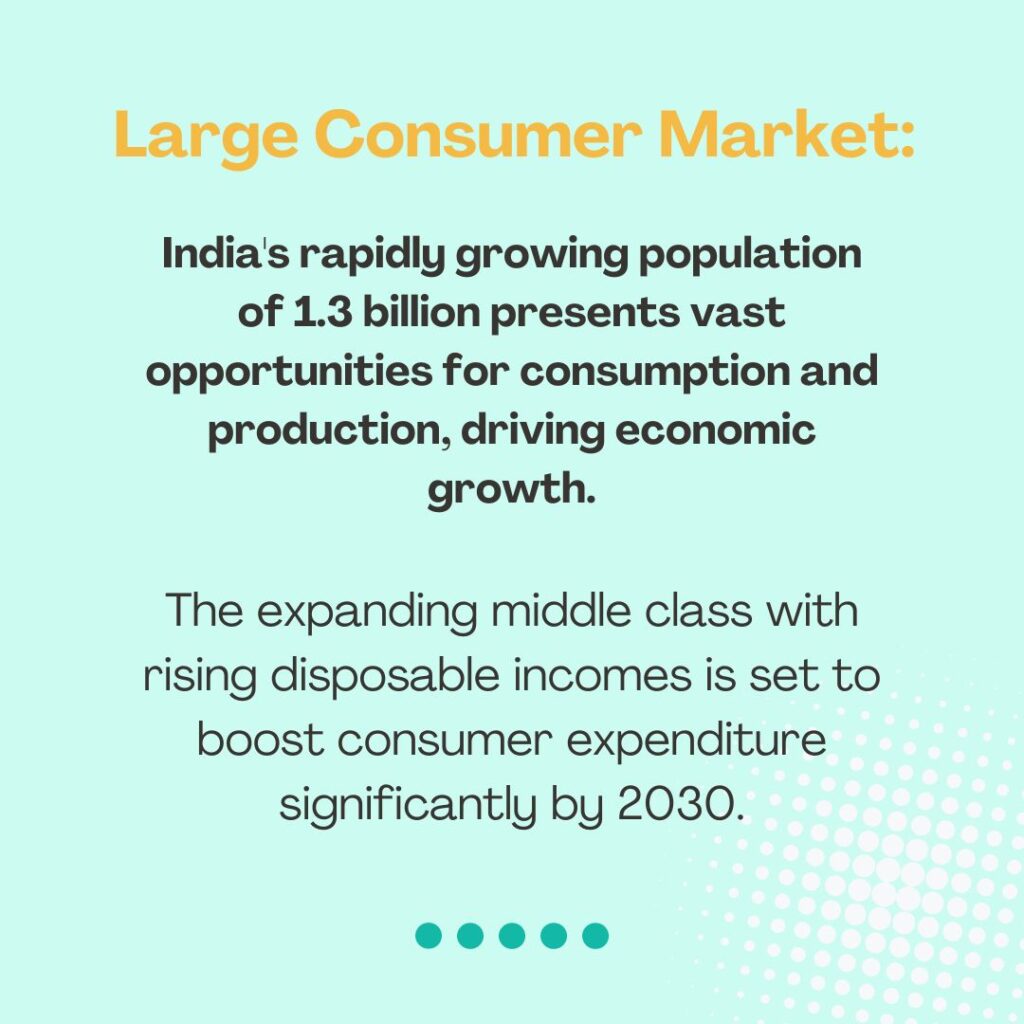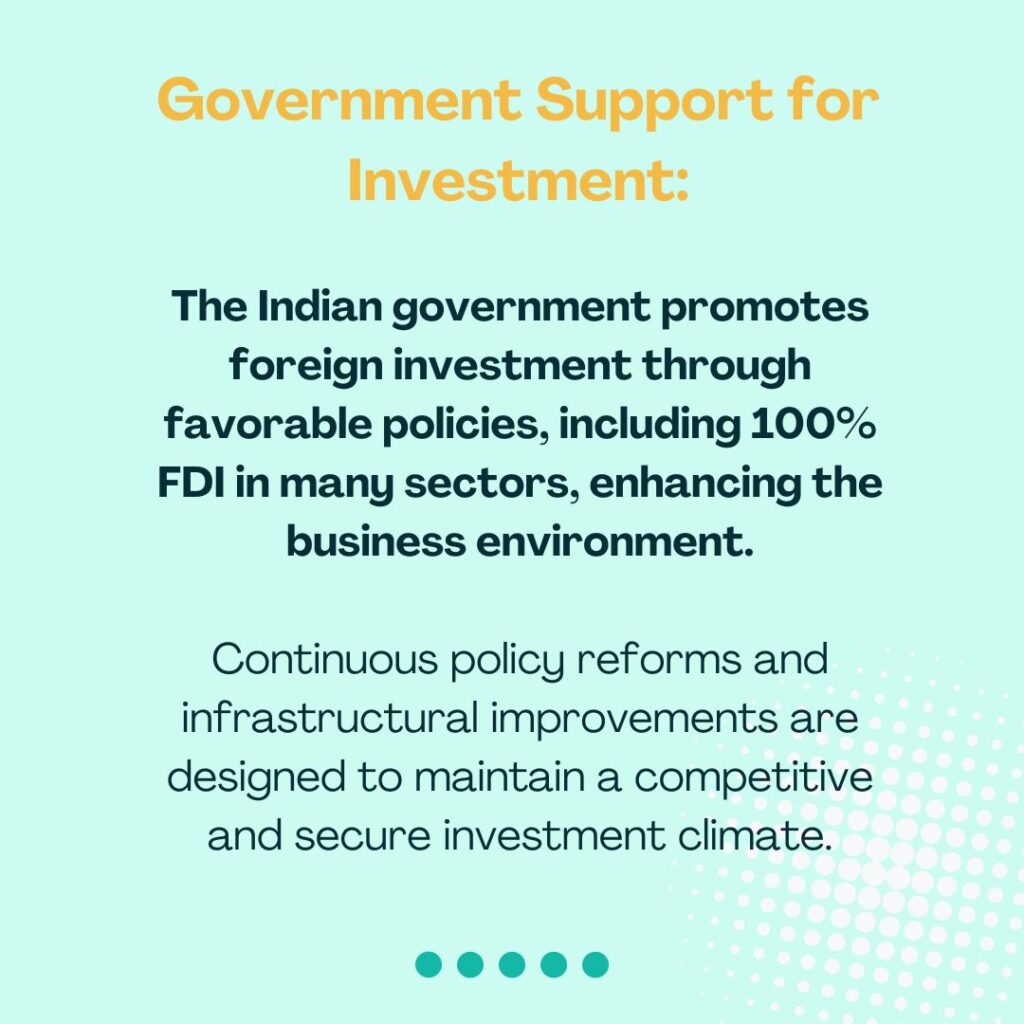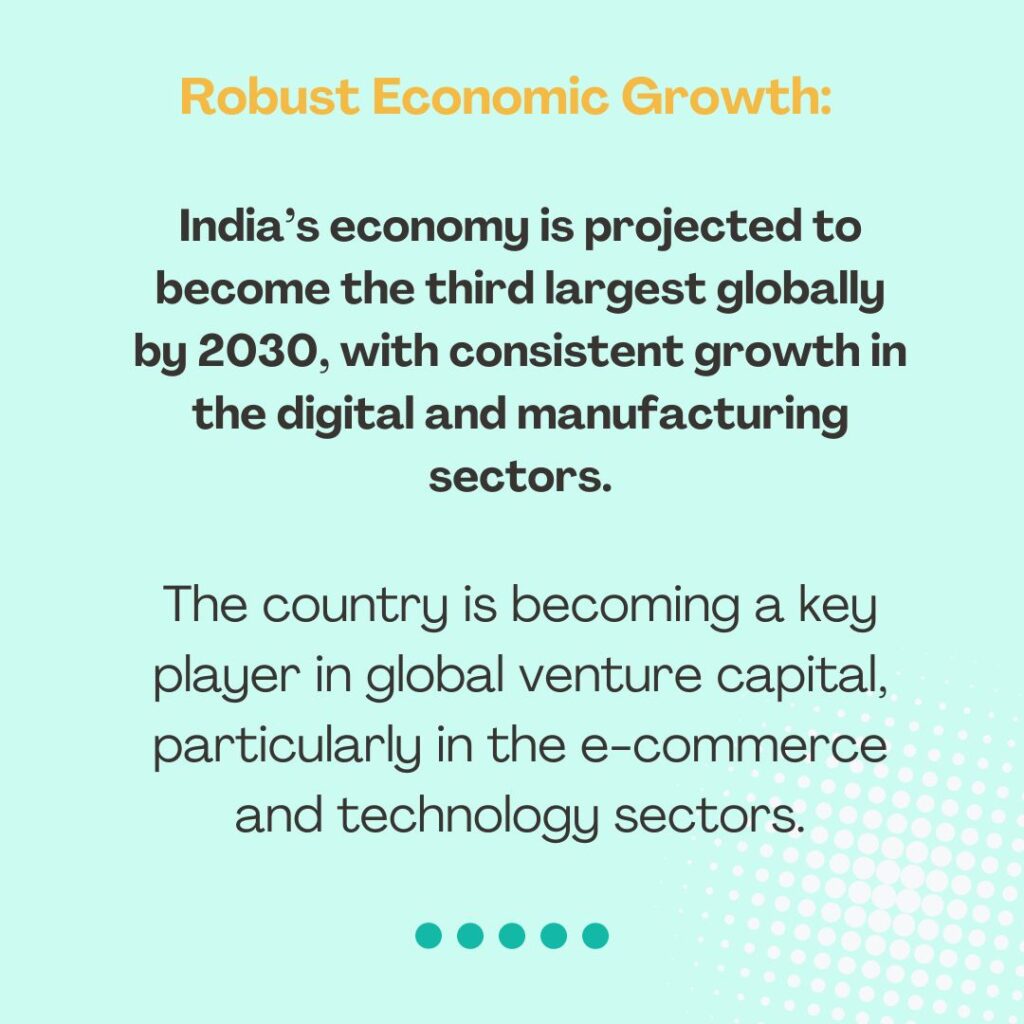PM Narendra Modi addressed the World Economic Forum (WEF) recently, saying that India has given the entire world a ‘bouquet of hope’. He listed a comprehensive set of economic reforms set by his government in recent years and said that it is the best time to invest in India.
Foreign investment is a great avenue for global investors looking to diversify their portfolio across several geographies and currencies. India, one of the largest and fastest-growing economies in the world in recent years, provides a constantly expanding market for investments from both domestic and foreign investors.
The crucial elements that serve as the main non-debt financial resources for India’s economic development are Foreign Direct Investment (FDI) and Foreign Portfolio Investment (FPI). Due to the presence of a wide variety of businesses, multiple investment opportunities, and a supportive government, India is a major draw for strategic investments.

Let’s find out a few of the reasons why now is the time to invest in India:
India has one of the World’s Largest Consumer Markets
India’s current population is 1.3 billion and it is fast growing. This huge and growing population provides a great opportunity for both consumption as well as production of a variety of products across industries. Population growth results in production of more goods which in effect leads to economic growth. India’s enormous market potential makes it a good option for foreign investors to invest in India.
According to the World Economic Forum, consumer expenditure in India is predicted to increase from its current level of USD 1.5 trillion to around USD 6 trillion by 2030. The WEF ranks India as the sixth-largest economy in the world, with an annual GDP growth rate of 7.5%. India’s enormous domestic consumption, driven by the private sector, has been a key factor in the development of the country.
There are 400 million middle-class individuals in India, who account for the majority of the country’s consumers. The primary drivers of India’s rising domestic consumption are this country’s growing middle class and their rising disposable incomes. The private consumer market in India is anticipated to grow fourfold by 2025.

The Indian Government Supports Investment
India’s investment development has been further facilitated by a number of government efforts, including the expansion of the country’s whole financial system, improvements to the infrastructure, and a relaxation of FDI regulations. The government has also promoted an investor-friendly FDI policy, under which the majority of industries are eligible for 100% FDI through the automatic method.
India’s FDI policy is continuously examined to make sure that it continues to be a profitable, secure, and investor-friendly location. Investor confidence will be further boosted by this policy infrastructure coupled with the fact that India is expected to experience GDP growth of 8.0–8.5% in 2022–2023, resulting from benefits from supply-side reforms and regulatory easing, strong export growth, and the availability of fiscal space to ramp up capital spending.
Foreign Direct Investment (FDI) is a key financial resource for India’s economic growth. FDI benefits both the foreign company investing in India as well as the country in which the investment is made. FDI helps in reducing costs and the country enabling the FDI can develop human resources, skills, and technologies. The Indian government has been very accommodating when it comes to foreign investors and investments. So it’s a win-win for both parties.
New appealing industrial policies and programs such as skill India and Digital India provide a favorable investment climate for manufacturing firms.

India’s economy is still growing.
By 2030, India’s economy and consumer market are expected to be the third biggest in the world. The economy is clearly growing, with strengths in manufacturing, digital, and IT. India is expected to soon overtake China as the second-largest global axis for venture capital investments in businesses involved in online retail. It increased from USD 8 billion in 2020 to USD 22 billion in 2021, a staggering 175 percent growth. What distinguishes India from its competitors is the consistency of this outstanding growth rate. Over a period of three decades, the magic number of 6%-7% growth has weathered all types of national and international crises.

Did You Know?
- India is expected to attract $100 billion in FDI annually over the next five years. (Source: Invest India)
- India’s startup ecosystem is the third-largest in the world, with over 70 unicorns and a total valuation of over $300 billion. (Source: Hurun India Unicorn Index 2023)
- India’s digital economy is expected to reach $1 trillion by 2025, up from $250 billion in 2020. (Source: NASSCOM, 2022 Digital India Report)
- India’s working-age population is expected to grow by 90 million people between 2022 and 2030, making it the largest working-age population in the world. (Source: World Bank, 2023 World Development Report)
- India’s foreign exchange reserves have reached an all-time high of over $600 billion, providing a strong buffer against external shocks. (Source: Reserve Bank of India)
Key Takeaways
Last year, India stood only second to the United States, which received USD 51 billion in investment, followed by China in third place with USD 14 billion and the United Kingdom in fourth place with USD 7 billion. Global corporates and financial managers are investing heavily in India. Many international investment executives continue to be optimistic about India’s short- and long-term prospects and have plans to spend more money there. Investors now have the opportunity to profit from India’s growing appeal as a focal point for FDI, thanks to its promising economic growth prospects.


